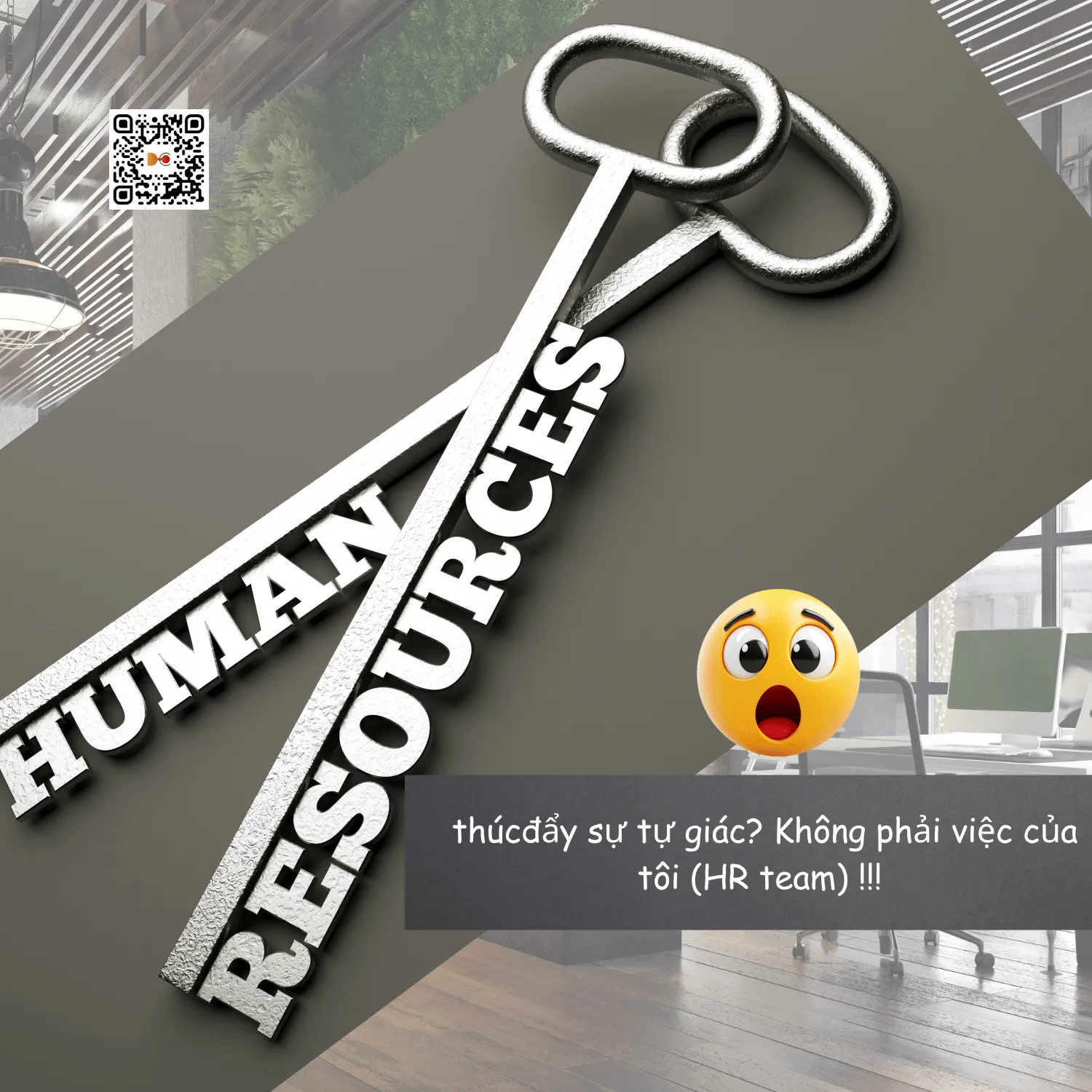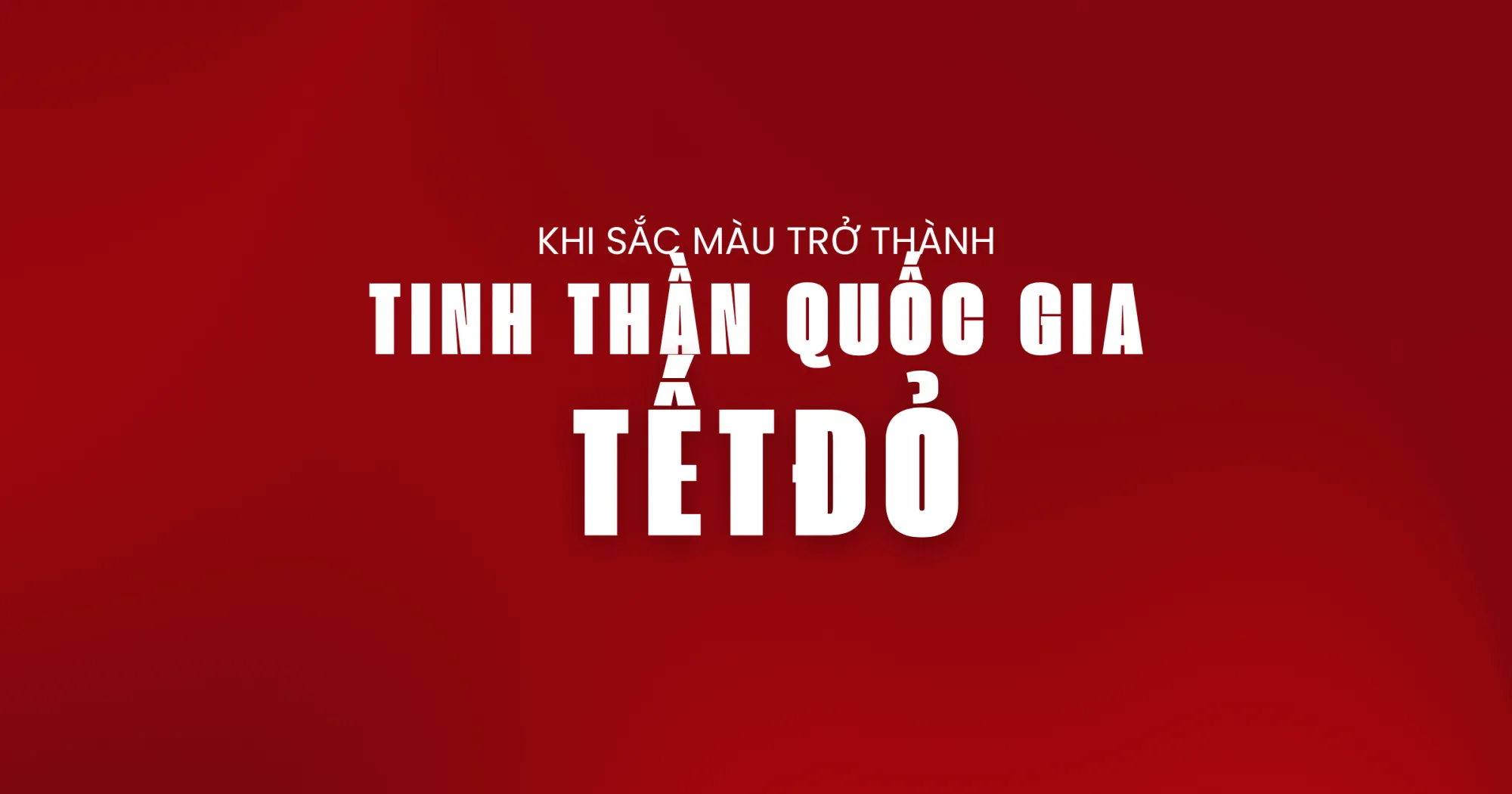Internal training: Every business wants to have a team of proactive employees who work with all their heart and don’t need to be pushed. But what is the reality? After each training or “inspiration” session, employees still return to their old state – working half-heartedly, coping, and even forgetting what they have learned. So how can internal training not just be a formal activity, but become a real journey of transformation from coercion to self-awareness? Why is “the Buddha at home is not sacred”? How can employees not only listen and understand, but also act on their own and maintain good habits every day?

The Trap of “Firefighting” Training
Many companies conduct training when:
- Performance is down
- Employees are unmotivated
- There is a problem with operations or internal communication
And then the training session ended like a weather report: “I know, but it will still rain tomorrow.”
Many employees shared frankly: “It’s just for fun, but it will still be the same when we get home.”
The reason is:
- Training is not linked to actual work: Employees do not see a clear connection between the knowledge they learn and the work they do every day.
- Training is assigned to functional departments, and that’s it: Many departments see training as a “head-up” part from HR, learning for the sake of it and then… back to square one.
- Lack of monitoring – feedback – adjustment process: Without a post-training maintenance mechanism, any inspirational efforts will only be effective… for a few days.

Why is “the Buddha at home is not sacred”?
Too familiar, so there is a lack of expectation:
Internal trainers are often former colleagues, former managers – employees do not feel “wow”, do not feel like they have learned anything new.
Lack of leadership and inspiration:
Many sharing sessions are heavy on theory, lack practical situations or do not appeal to the emotions and personal experiences of the learner.
Lack of personalization:
Employees learn because they “have to,” not seeing what they’re getting out of the training.
How to improve? Suggested strategies and action plans
STEP 1: Change the perspective – Training is a long-term responsibility of HR, not just a “ball” to other departments.
The HR department needs to play the role of “designing the human development ecosystem” rather than just recruiting – training – transferring.
Training does not stop at “knowledge transfer” but needs to be continued with:
- Tracking Application Progress
- Personal Coaching
- Evaluating Effectiveness
- Adjusting Learning Goals to Your Ability and Stage of Development

STEP 2: Design a learning path by level – from “reaction” to “self-motivation”
Suggested action plan by stage:
Stage 1: Guiding (first month):
- Internal mini workshops 60-90 minutes/week, with familiar topics such as:
- “How to get reminded less by your boss?
- “5 ways to manage work smartly without OT”
- Attach small tasks with clear deadlines → results are shared weekly.
Phase 2: Repeat (February-March):
- Organize a peer-coaching group: 2-3 employees support each other in practicing and debating.
- Hang a “Skills Application Map” in the office: each person posts a real-life example of applying what they have learned.
Phase 3: Personalization (April-June):
- Each employee chooses a soft/hard skill they want to practice → writes an “individual development commitment” (IDP – Individual Development Plan): HR acts as a coach: follow-up every 2 weeks, asking:
- What are you doing to develop the chosen skill?
- What difficulties are you facing?
- Is there anyone in the company who can help you?
Phase 4: Recording (starting from March onwards):
- There is a “Hall of Growth” board – honoring those who apply new skills effectively to work
- Employees who have the initiative to transform lessons into new processes are rewarded separately (although small – but it is clear recognition)
Self-awareness does not come from pressure, nor should it come from being discovered, but from understanding and proper guidance
No one is naturally diligent. Self-awareness is the result of an environment:
- Have clear goals
- Have a partner
- Have progress recorded
- Have constant repetition to form habits
To deliver effective internal training, HR must be a cultural architect, not just a course provider. Create meaningful learning journeys so that employees not only “learn something,” but also “change a behavior.”












